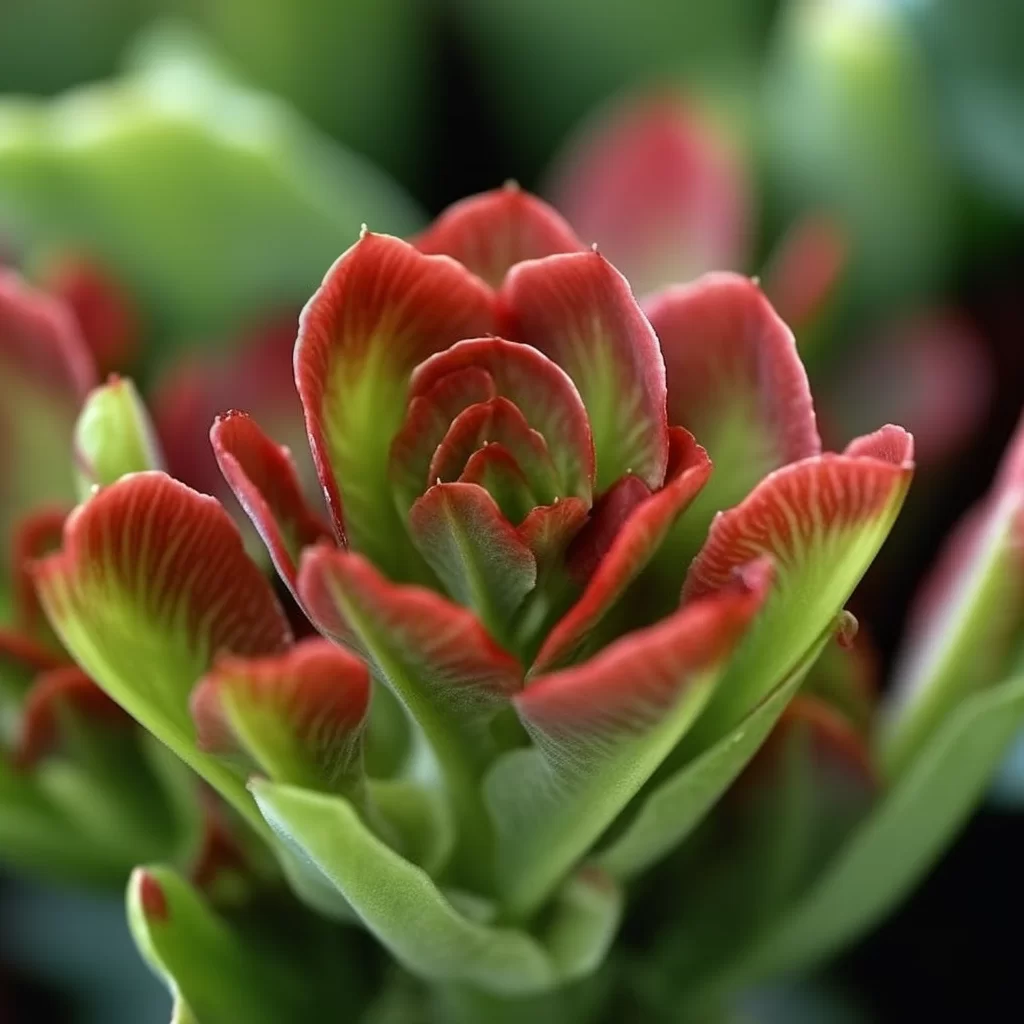Story of Day :
Contents
The Kalanchoe Paddle Plant: A Complete Guide and Care Tips
Gardening is a rewarding hobby that can bring an abundance of beauty to your home.
The Kalanchoe paddle plant, also known as the Flapjack or the Desert Cabbage, is a popular succulent plant perfect for indoor and outdoor gardening.
This unique plant has thick paddle-shaped leaves that resemble pancakes, making it an interesting addition to any garden.
Origins of the Kalanchoe Paddle Plant
The Kalanchoe paddle plant is native to Madagascar but can now be found in homes and gardens all over the world.
This succulent thrives in warm climates with plenty of sunlight and well-draining soil.
Care Tips for Your Kalanchoe Paddle Plant

Lighting Needs
- The paddle plant requires bright sunlight to grow healthily.
Place your kalanchoe near a south-facing window or outside in full sunlight.
- If you notice your kalanchoe’s leaves starting to stretch outwards towards light sources, this may indicate insufficient lighting levels.
Move it closer towards a brighter source.
- Avoid exposing newly acquired plants into direct sun rays without acclimatizing them first; sudden changes can cause their leaves’ burnings and damage them irreparably.
Soil Requirements
- Kalanchoes require well-draining soil with good airflow around roots for better performance
- When planting or repotting kalanchoes use cactus mix soils supplemented with perlite or sand; which helps improve drainage by avoiding waterlogging issues that can lead to root rot development if left unchecked.
.
Watering Needs
- The Kalanchoe paddle plant is drought-resistant, meaning it can survive periods with little or no water.
Be careful not to overwater, as this can lead to root rot.
- Water your kalanchoe paddle plant thoroughly and let the soil dry out completely between watering for healthier growth and avoid any potential root rot problems.
- During winter months, reduce watering frequency; one or twice a month will be enough given that the low temperatures slow down its growth and limit its water consumption rate.
Fertilization Tips

- Kalanchoes thrive in nitrogen-rich soils.
Feeding them monthly during growing seasons using succulent-based fertilizers specially formulated for their needs encourages healthy foliage development.
.
Troubleshooting Common Issues with Kalanchoe Paddle Plant Care
The following are some common issues that you may encounter when caring for your Kalanchoe paddle plant:
Pest Infestation

Pests such as mealybugs and spider mites may infest your kalanchoe plants if they lack sufficient air circulation or proper drainage in their soil medium.
Use an insecticide with neem oil or soap-based solution to control infestation if it occurs; alternatively use rubbing alcohol to swab leaves of infected plants repeatedly until they disappear entirely from the surface leaving shiny leaves behind..
Yellowing Leaves:
If you notice yellowing leaves on your kalanchoe plant, this could indicate overwatering or underwatering problems- both of which require adjustments immediately before causing more damage.
Yellow leaves should be pruned at their base to avoid spreading the disease and promote further foliage growth.
Conclusion: Why You Should Consider Kalanchoe Paddle Plant

The Kalanchoe paddle plant is a beautiful and low-maintenance addition to your garden that can add a unique touch of beauty.
Taking care of this succulent is relatively simple, and with proper care, it will thrive in your home or garden for years to come.
Remember, the key to healthy growth is providing plenty of sunlight, well-draining soil, and careful watering practices – then sit back and watch as your kalanchoe flourishes!